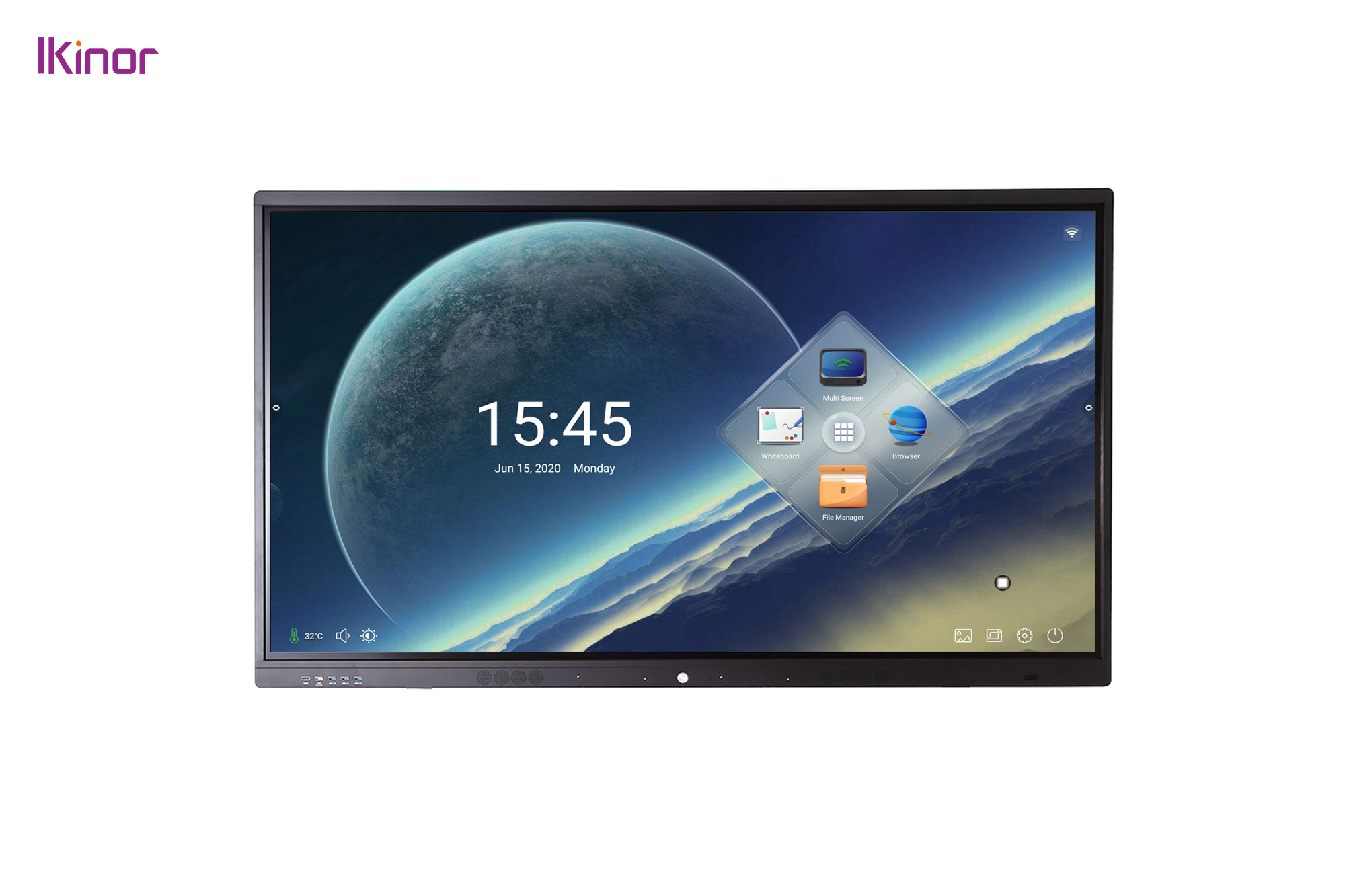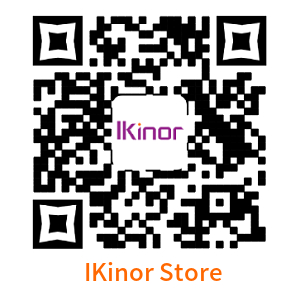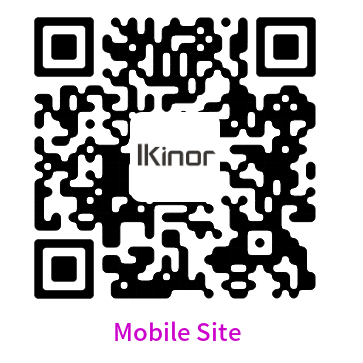Are you tired of the same old boring classroom lectures and textbooks? Do you want to revolutionize the way your students learn and engage with course material? Look no further than touch screen displays! With interactive learning, students are able to actively participate in their education, leading to increased retention rates and a deeper understanding of concepts. In this blog post, we will explore the many benefits of touch screen displays in education and how they are transforming traditional teaching methods!
Introduction to Interactive Learning
Interactive learning is a type of educational instruction that involves students working together to complete tasks or solve problems. It can be used in classrooms, online learning environments, or other educational settings. Interactive learning is often considered to be more engaging and effective than traditional, passive forms of instruction.
Touch screen displays are one type of technology that is being used to create interactive learning experiences. These displays allow users to interact with content in a variety of ways, such as by touching, tapping, or swiping. Touch screen displays can be used to create games, simulations, and other types of interactive activities.
There are many benefits of using touch screen displays for interactive learning. Touch screens can help to make learning more engaging and fun. They can also promote collaboration among students and help them to better retain information. In addition, touch screens can be used to provide real-time feedback and assess student understanding in a way that is not possible with traditional instructional methods.
Benefits of Touch Screen Displays for Learning
Touch screen displays offer a number of benefits for learning, including enhanced engagement, interactivity, and accessibility.
Engagement: Touch screen displays can help to engage students in the learning process by providing an interactive and immersive experience. This can lead to increased motivation and concentration levels, as well as improved retention of information.
Interactivity: Touch screens allow students to directly manipulate content, which can improve their understanding of concepts. Additionally, touch screens can provide real-time feedback, which can help to keep students on track and engaged.
Accessibility: Touch screens can be used by all learners, regardless of ability level. This can make learning more inclusive and accessible for all students.
Conclusion
The many benefits of interactive learning are readily apparent, as is the usage of touch screen displays in classrooms to raise student involvement. It has been discovered that using interactive technology increases student enthusiasm and engagement and gives teachers a useful tool for gauging how well their pupils have understood a concept or lesson. If you want to know information about touch screen display, welcome to contact Ikinor!



